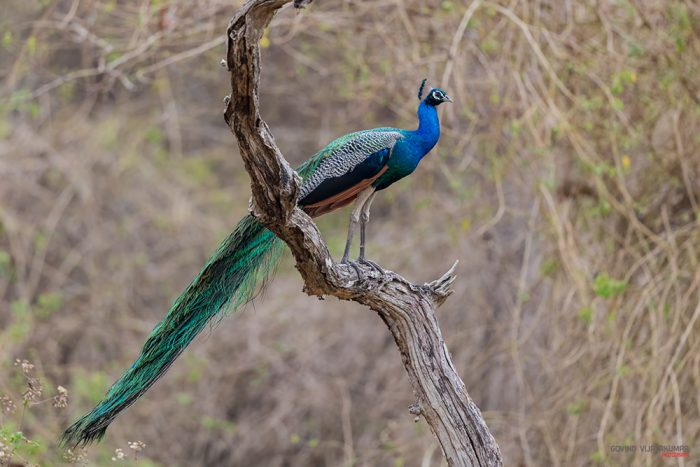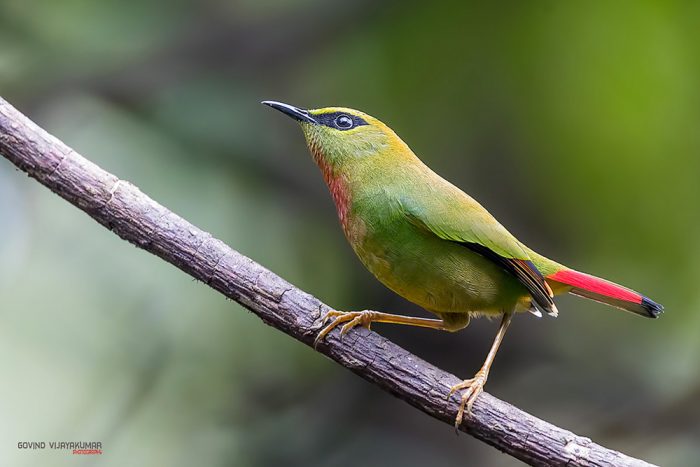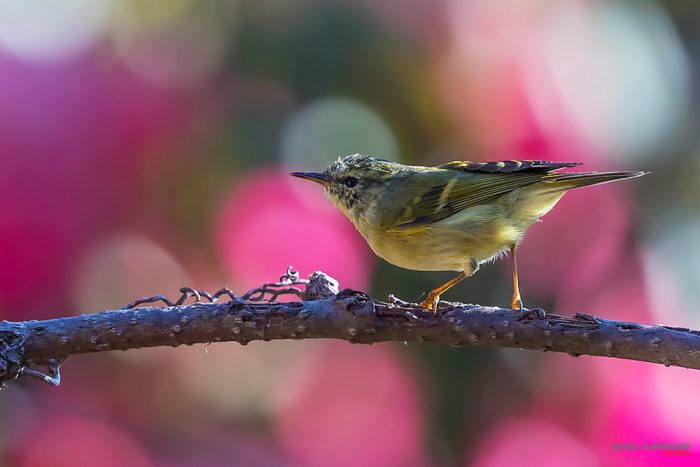How Important is Background in Bird Photography?
The two key elements which make a bird photo aesthetically pleasing are the background and the bird pose. In this guide, I will show you the impact of background in bird photography. I will also explain the effect of the different types of background in bird photography.
Ditch the White Background 🦅

Portrait shot of a bird on the white background; It just looks like an ordinary shot and nothing pleasing to the viewer’s eye. It may get interesting if the image fits a monochrome shot. When it comes to color, the white background makes the image lifeless.
Another issue with the white background is related to the dynamic range of the camera. In the scene, if you are photographing a dark bird against a white background, you may not be able to capture the entire tonal details.
It is due to the dynamic range limitation of the camera. So, you will end up clipping the highlights in the image or crushing the darks.
So, on most occasions, white background is not so good for bird portraits.
There are some rare situations when the white background can become an exciting element. It is an extreme case of High key photography, where the photographer transforms the beauty of the scene with this photography technique.
Background with Lots of Clutter 🙃
Now, let us see the case of a bird portrait with lots of twigs and branches in the background. Such a shot can become interesting only when these branches aid in the image composition.
You should be able to compose it in such a way that the branches form the leading lines toward the bird. Otherwise, it is a total mess, even if there are no distracting branches in the foreground.

This image of the Peacock on top of a dead tree is a good example. Even though the background blur is achieved, it doesn’t look pleasing to the eyes since there is a lot of clutter behind it.
It is due to two reasons. The distance between the Peacock and the backside clutter is small when compared to the distance from the camera. So, even if you go for a large aperture, you will not get the smoothly blurred background.
👉🏻 📖 READ MORE: Best Bird Photography Tips
Blurred Colorful Backgrounds
Most eye catchy bird portraits will have colorful blurred backgrounds. This blurred background can be of a single or a mixture of multiple colors.
Single Color Blurred Background
You might have already seen standard bird portraits with green, brown, and black backgrounds.
Here, there will not be any color variation in the background, and the viewer’s attention will be entirely on the bird. It usually happens when there is a large distance between the background.

This image of the Pied Bushchat with a green background is a good example. Here, there were trees in the backside of the bird, which was quite far. The distance between the bird and the camera was less, and this resulted in a shallow depth of field at a large aperture of f4 on a Canon 500mm f4 L IS II lens.
The green leaves of the distant tree have produced this blurred green effect in the background.

The Brehm’s Tiger Parrot photographed from Mount Hagen in Papua New Guinea is a low key image. Two-stop underexposure is done to get this black background.
Multi-Color Blurred Background
Multicolor blurred backgrounds can be interesting at times, if the colors blend properly, or else it is a disaster. The colors in the background should complement each other.
It works perfectly when two colors are involved, and both colors blend in such a way that there is no line of separation between the two.

The image of the Red-throated Pipit, photographed from Andamans, India, is a good example.
You can see the yellowish-green color comes from the top and blends into the blues in the bottoms in this vertically composed image. The green color is due to the trees far behind and the blues from the lake.
👉🏻 📖 READ MORE: Best Bird Photography Tips

This image of the female Black and Orange flycatcher has got a beautifully blurred background in shades of green. It has come nicely as the shades of green have mixed properly.

This shot of the Fire-tailed Myzornis is an example of an image with a bad background blur. Here, the background is blurred smoothly, but the dark twigs on the backside have created distracting black patterns in the greenish background.
Blurred Background with Bokeh
Blurred Background with Bokeh can be good as well as bad. For it to be good, the shape of the Bokeh should be smooth circular rings. If the Bokeh is hexagonal or octagonal rings, then it won’t look nice.
Another part to look for is the bokeh pattern. It should blend with the frame and should not be like some random dots lying around.

I photographed this warbler from Munsiyari, Uttarakhand, India. Even though there is harsh light coming from the backside, the beautiful Bokeh rings in pink and white due to light reflected from the Rhododendron flowers have made the background attractive.
🤩 BONUS TIP: If you plan to visit any place for photographing birds, it is a good idea to check the bird images from that place. You can do a simple Google search to see pictures and related blog posts. It will give you a better idea of what background to expect from that place. For example, if you are visiting Pondicherry, you can check Google for the popular birding spots in Pondicherry. Check out the bird images photographed from these places.

